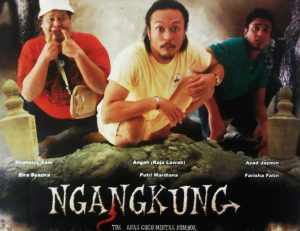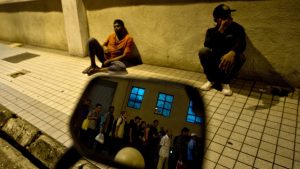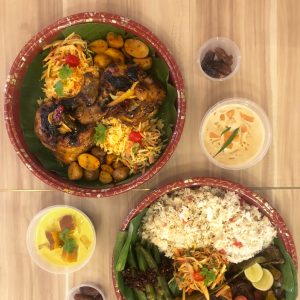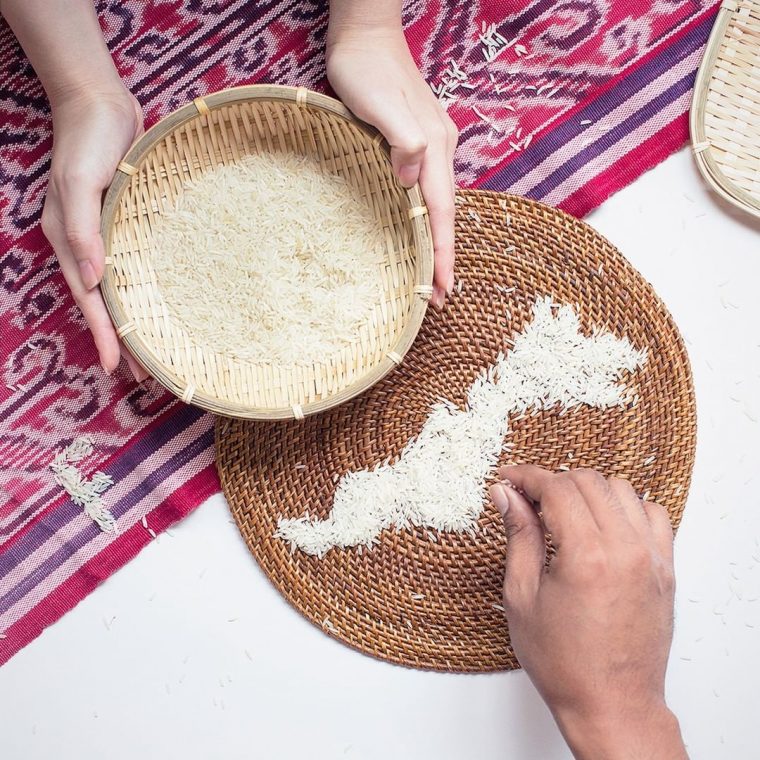
Crowds donning traditional outfit filled the compound of the KadazanDusun Cultural Association (KDCA) building. There is this carnival-like atmosphere, accompanied by medleys of sounds from the friendly crowd and traditional musical instruments.
It is hard not to feel intoxicated with the vibrant scene, perhaps more than one way — by simply witnessing the month-long festivities being concluded with a two-day state holiday in Sabah — all set against the idyllic backdrop of the land below the wind.
It is the time for the statewide harvest thanksgiving celebration — the Kaamatan festival.
The word ‘Kaamatan’ derives from the root word ‘tomot’, a Kadazandusun term for “harvest”. Kaamatan Festival embodies the principal acts of invocation of divinities, appeasing, purification and restoration, re-union of benevolent spirits, and thanksgiving to the Source of All. It is part of a complex wholesome Momolian religious system centered on the paddy rites of passage and the life cycle of Bambarayon – the in-dwelling spirit of paddy.
The Legend Of Kaamatan
There is a legend from Sabah about a brave goddess called Huminodun. As a punishment for the corruption and sins in mankind, the Almighty Creator, Kinoingan, sent the land seven plagues. The last one of the plagues was drought, a disaster so severe that caused great famine and suffering to the people.
Huminodun, the only daughter of Kinoingan begged for her father’s mercy to forgive mankind, and agreed to sacrifice herself in order to ensure that the people will not starve. After her body parts were buried in the soil, rice began to grow. It is believed that rice embodies the spirit of Huminodun, and so it is considered a sacred food. Red rice was seen as the most sacred, being an item created from her very flesh.
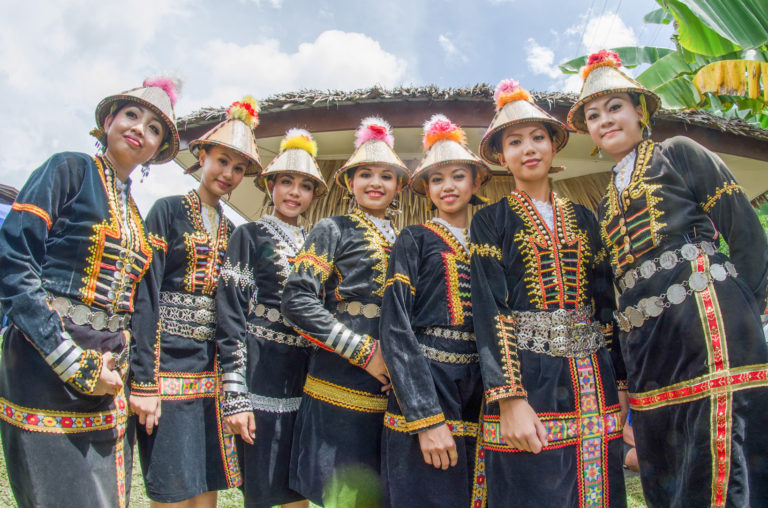
Topun sagang, opuunan noi sagang, ko’opuunan zou po! Photo by SabahEats
The Facts You Don’t Know
As our Bornean friends are busy wrapping up the celebration and dealing with the raging hangover, here are a few facts that you might not know, so you may go impress your Sabahan friends the next round.
1. The Unduk Ngadau
One of the major highlights of the Harvest Festival is to witness the highly anticipated Unduk Ngadau (Harvest Beauty Queen pageant). Unduk Ngadau basically reflects the beauty of the heart, mind and body in all its entirety – all that Huminodun embodies.
In honouring the legend of Huminodun, the Unduk Ngadau celebrates the epitome of that very ideal, yearly at the KadazanDusun Cultural Association Sabah (KDCA), Penampang. The crowning takes place at the end of the festival. The title Unduk Ngadau comes from the ethnic word Runduk Tadau which means ‘the girl crowned by sunlight’.

The highlights of Kaamatan. Photo by NST
The unduk ngadau is expected to carry out social and charity work, as well as promote Sabah tourism for a year.
2. The Mystical Bobohizans
People also celebrate the Harvest Festival by conducting different ceremonies, such as Magavau. It is significant in that it invites the Rice Spirit to be present in the ceremony. The belief is that without its presence, celebrations cannot proceed.
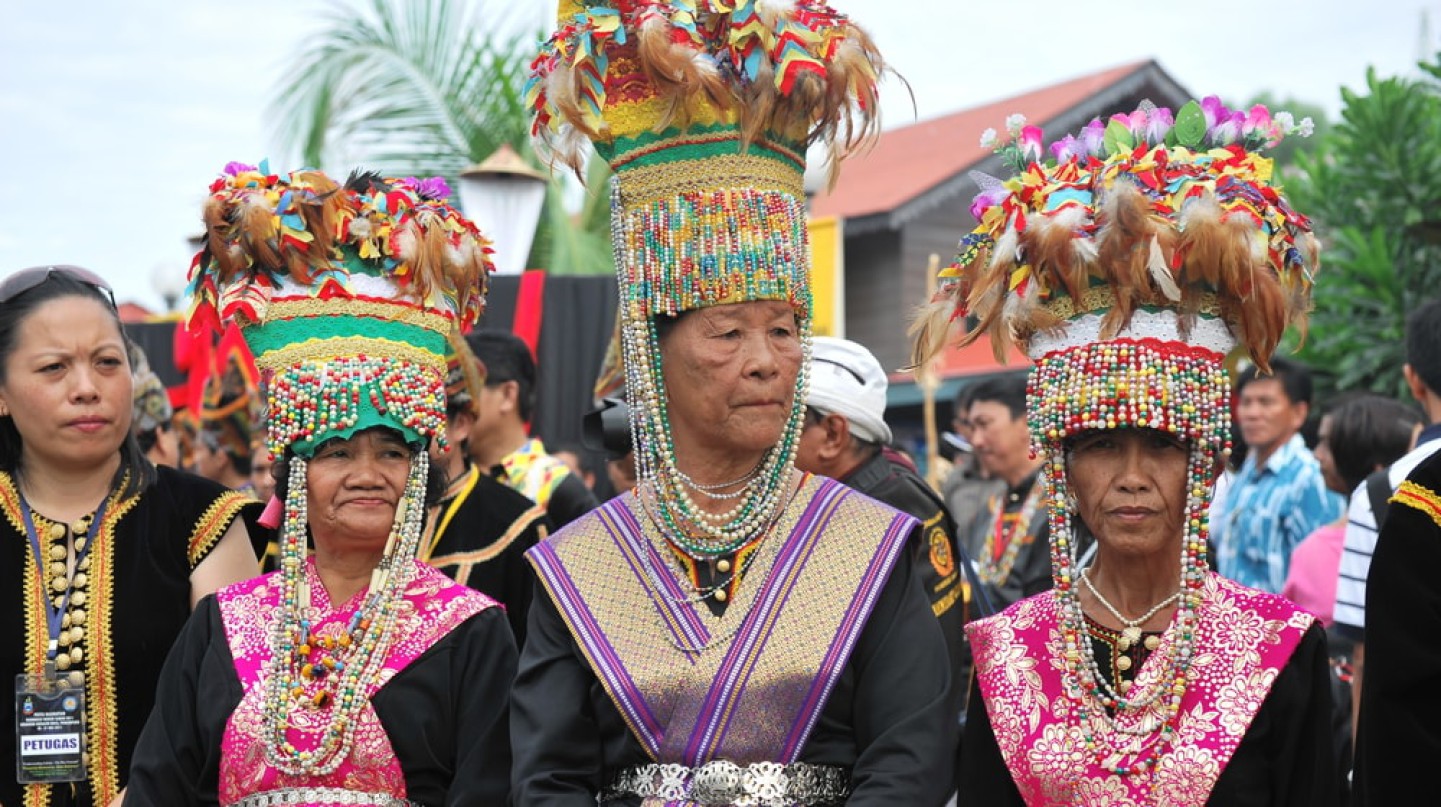
Is Paganism dying in Sabah? Photo by The Culture Trip
Traditionally, this ceremony is held in the paddy fields during the very first full moon after harvesting. A male warrior would chant prayers while leading a group of villagers to march through the fields. They would offer food of the finest quality to the Rice Spirit; chicken meat, eggs, tobacco and the best rice wine. These days, this ceremony is enacted indoors instead.
The Bobohizan plays an important role in the festival, which consist of several ceremonies. These ceremonies include tying 7 stalks of rice together and placing them in a tadang or basket, and moving them into a rice hut. Each ceremony is important and ensure the farmers will be able to harvest again in the next planting season.
The Humabot Ceremony is the closing ceremony, which happens on the last day of Kaamatan. It includes a variety of activities, entertainment, dances, food, and delicacies throughout the day.
3. Montoku and Lihing
The montoku and lihing are perhaps the most potent home brews you could find in Sabah. It is commonly consumed amongst the Kadazandusun community and enjoy cult following from other ethnic groups as well. The montoku is the clear variety of rice wine with much higher alcohol content. It is usually triple distilled and is also dubbed as “Sabahan vodka”.
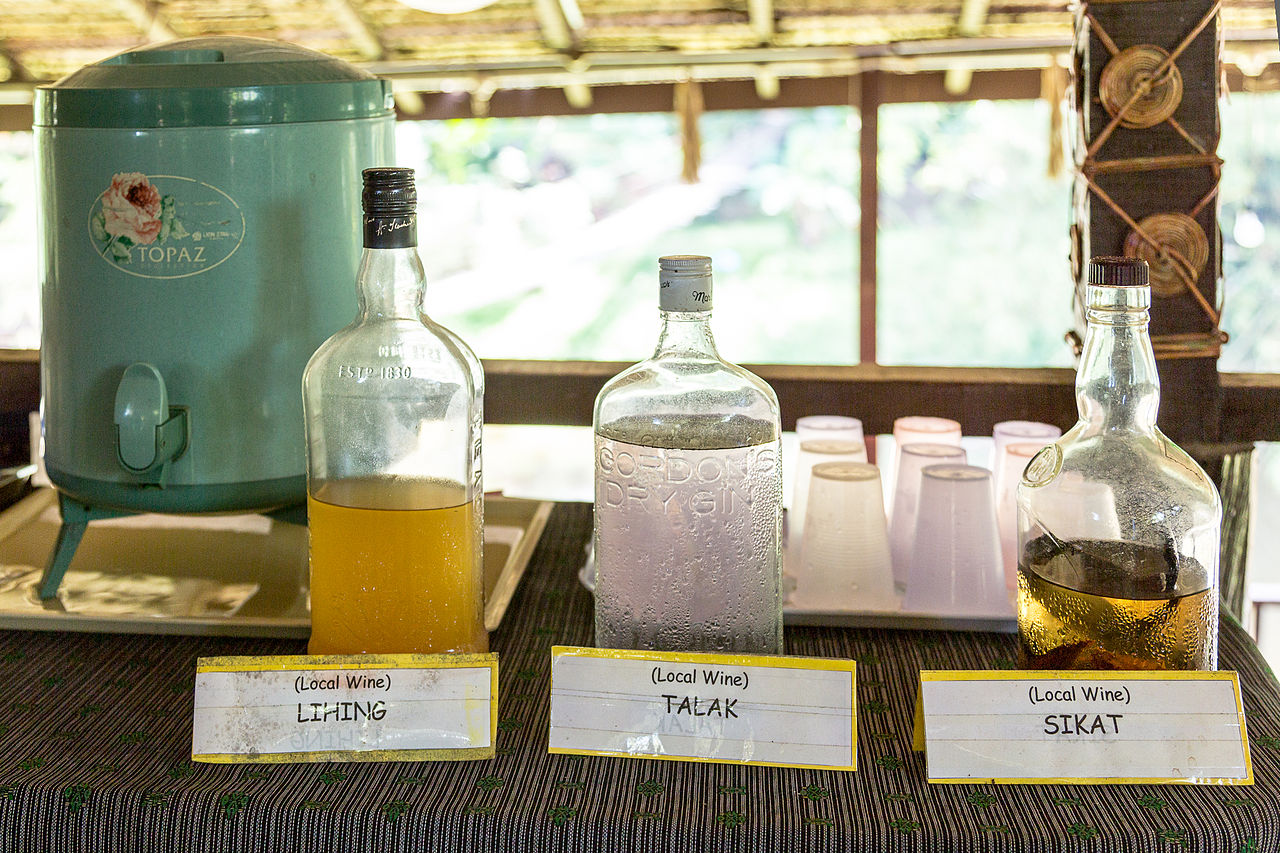
Now widely sold in Sabah including major hotels. Photo by Wikipedia
Meanwhile, Lihing is the cloudy-yellow variety of the rice wine, not unlike the Chinese yellow wine. It has a floral scent and subtly sweet palate which makes it easy to drink, it is however not less potent than the former variety.
When you do pop by Sabah for Kaamatan next time, go easy on these brews!
4. The Sumazau Dance
What’s Kaamatan Festival without the Sumazau dance?
The Sumazau dance can be considered the state dance of Sabah. The arm gestures are likened to that of a bird and it floats gracefully at approximately shoulder level with gentle bending of the elbow and wrist or alternatively is swung gently like a pendulum, parallel at the sides of the body.
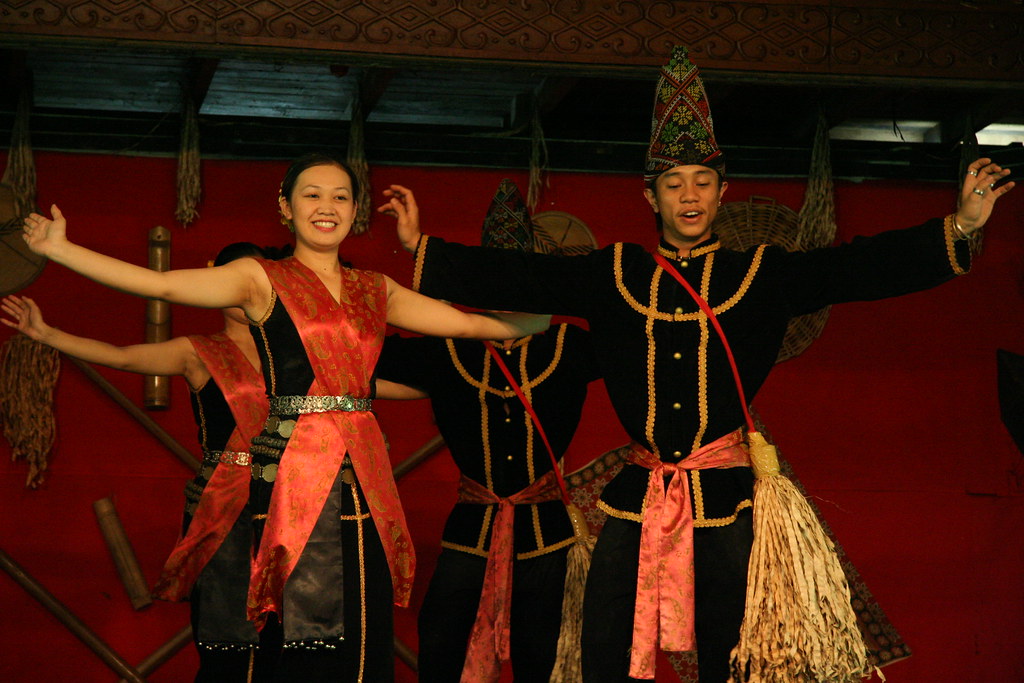
Journey of a thousand miles. Photo by Flickr
The costumes are authentically Kadazan and are usually black in colour and made of a velvet type material adorned with the appropriate accessories. The music is provided by gongs of different sizes.
5. Grubs and Pickles
Lastly, don’t forget to also try the exotic local delicacies like hinava (raw fish marinated in lime and citrus), bambangan (a seasonal wild mango fruit) and butod (sago grub), the delicacies are endless!
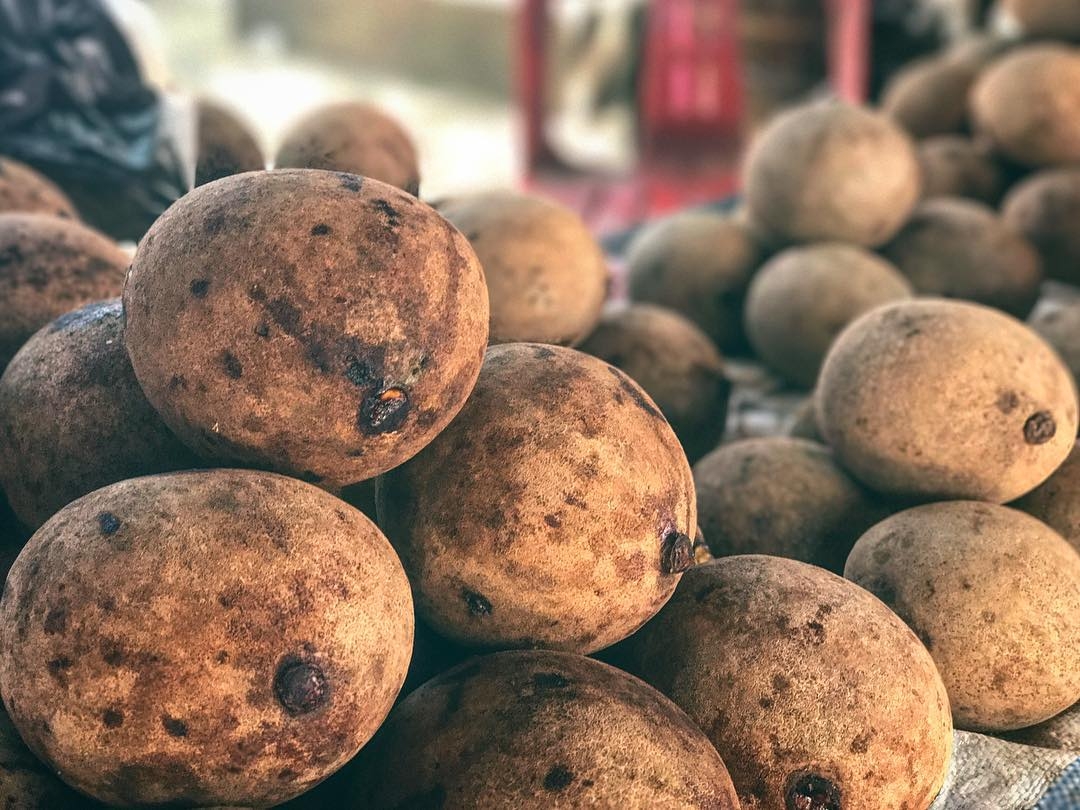
The Bambangan only grows in Borneo. Photo by Sylvester Hiew
Keeping The Traditions Alive
Over the years, some rituals and general practices of the Harvest Festival have been on the decline or forgotten. Thankfully, there are multiple attempts to try and keep the traditions going, in order for the festival to be complete.
Most importantly, to many people, the Harvest Festival is celebrated at a deeper and more spiritual level. It is a time to seek forgiveness from friends, to reconnect with others and to strengthen friendships, a rare lesson that was learned from an age-old legend.

